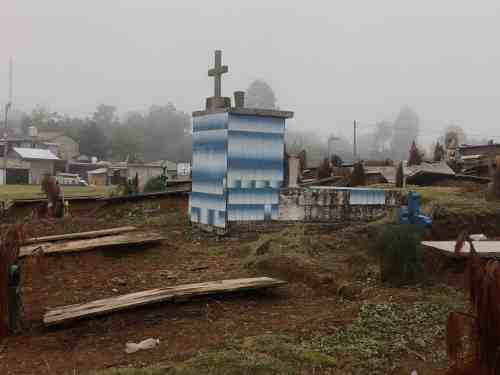In a week, I climb on the magic bird to carry me back to Oaxaca. It’s been a year-and-a-half since I left, just before Covid became a pandemic in March 2021 that erased all our plans and created this hunker-down-for-a-while, I’m scared mentality. Yesterday, I got my third jab, the Pfizer-BioNTech booster, plus a flu shot. I’m ready, face masks and sanitizer in the packing pile. Back to Teotitlan del Valle where churro sheep wool is carded and dyed to weave into rugs.
Churro sheep came to the Americas with the Spanish conquest. We find this breed in Northern New Mexico and Colorado, where the high altitudes are conducive to growing a thick pelt. When it is shorn, carded and woven, it makes thick, sturdy, resilient blankets (for humans and horses), and later adapted to the making of floor rugs.

My adopted Zapotec family in Teotitlan del Valle, Galeria Fe y Lola, buy their handspun Churro wool from Chichicapam and the Mixteca, where 7,000 feet altitude guarantees a higher quality pelt. This elevation is similar to the Mountain States where livestock growers, spinners and dyers work in this wool to textile weavers who use the ancient European treadle loom that was also introduced by the Spanish in the New World.

This sheep is descended from the Iberian Churra, prized by the Spanish for its hardiness and adaptability. It was the first breed of sheep domesticated in the New World in the 16th Century, when it was used to feed and clothe the armies of the conquistadores, clergy and settlers. We can trace the lineage to 1494 when Spain established colonies in the Caribbean and Mexico. There were no four-legged animals in North America and only llamas in South America before the Spanish arrived.
Carolyn wrote to me to add this:
How the Spanish brought sheep to America? In slings in the holds of their ships! Several years ago a replica of the Santa Maria sailed into the Oakland estuary and docked for several days. We were able to tour the ship and the sailors were more than happy to answer our questions. Four legged animals were kept in slings so their legs would not break in rough weather. The smell must have been atrocious. But the image stuck with me.I’m happy for you that you finally get to go back to Oaxaca.
Taos is host to the annual Wool Festival, now in its 38th year, and always held the first weekend in October. I made it a point to attend. Fiber art and textiles call to me here, too. Why was I surprised to see rugs woven on the peddle loom using churro sheep wool? I shouldn’t have been. I know the Navajo were resourceful in growing their herds of churro sheep, and all those beautiful blankets and rugs trace their origins to the Spanish introduction of this breed.

Today, non-native weavers use this breed, too, to make and sell beautiful rugs. I saw plenty of them at the festival, many reminiscent of Zapotec and Navajo textiles. Over the years, the churro has been cross-bred with the softer, finer merino sheep. Sometimes, churro and merino are also spun together to give a silkier, softer luster.

When I first moved here to Taos, NM, four months ago, one of the first things I did was join the Millicent Rogers Museum. It has an extensive collection of Native American folk art and craft, including early Navajo looms and textiles. This loom is more similar to the back strap loom, used as a vertical frame loom. This got me thinking about how technology is adapted to the user. It´s not a floor loom and it´s not a back strap loom. Weavers sit on the ground to weave.

History of Navajo Weaving. Some scholars speculate that the Navajo picked up this weaving technique in the 1600´s from nearby Pueblo tribes who were adept using the vertical loom. It couldńt be used to weave a textile wider than 18 inches. Larger pieces needed two identical textiles that were then stitched together. We find thesame circumstance in Oaxaca, Mexico.

In Teotitlan del Valle, the floor loom has hardly changed from when it was introduced there by the Spanish in the 1500´s, who taught the local men to weave in the tradition of the European tapestry loom. It was too heavy and cumbersome for women, who were versatile cotton back strap loom weavers, to use.
Last week I wrote about pronunciations and mis-pronunciations. Here we have another one! Settlers had a difficult time saying Churra Sheep so they said Churro instead. And, that’s how we know this breed today!















































